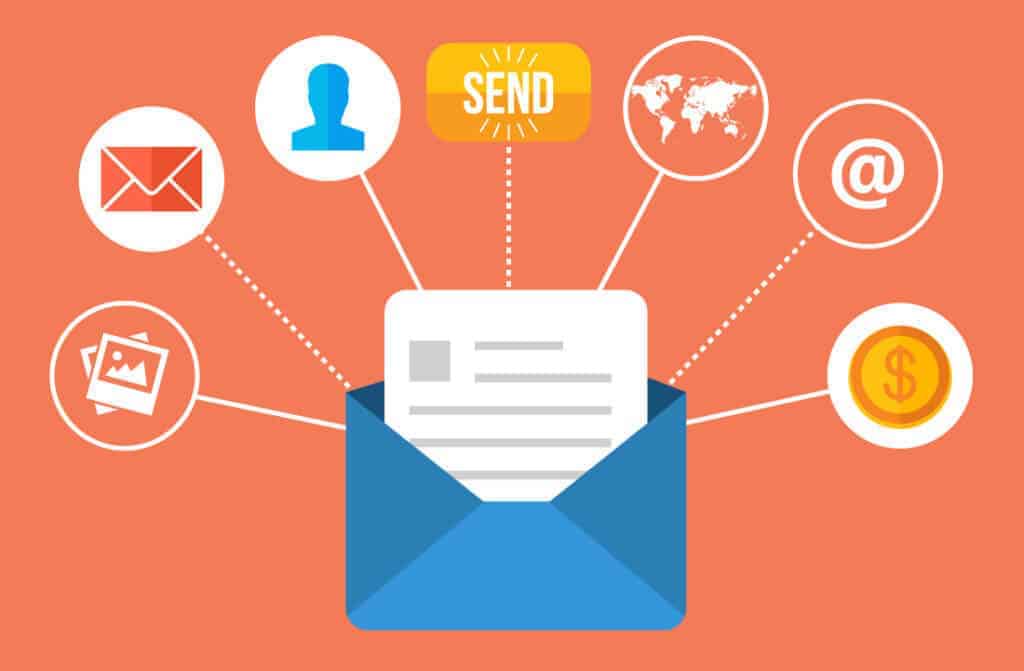
Many small business owners are baffled by the seemingly endless possibilities for audience segmentation provided by the complexities of audience data and information. What would be our recommendation? Keep things simple.
According to your industry, products and services, and current business goals, you will prioritize different types of segmentation. Consider demographics, the customer journey, interests, location, behavior, and engagement as the foundation of your marketing strategy.
- Demographics
- Engagement
- Location
- Interests and desires
- Customer Attitudes
Demographics
This type of segmentation is the most commonly used by marketers. You can use demographic data such as gender, income, age, and occupation to segment your subscriber list. It’s possible to increase response and conversions by creating buyer personas for the people you want to target with your campaign.
A formal dress company in New York, Betsy & Adam (SLTC), uses segmentation to target customers based on their age and education level to deliver relevant content to drive sales for prom, homecoming, graduation, as well as sorority events.
Engagement
Approximately how many times a day do your visitors interact with your content? Using open and click-through rates to segment contacts allows you to send follow-ups that are more specific. Reward users for their active participation with special offers, events, and new features.
New subscribers or inactive users may require more information on your company’s products or services. You can use A/B testing to improve your email subject lines over time, which can lead to an increase in open rates.
Location
Email marketing frequently employs a segmentation strategy based on geographic location. This is especially true for companies that make purchasing decisions based on the location of their suppliers. It is possible to use geolocation data to send information about location-based events, special offers from local businesses, or content delivered in the time zone of the subscriber.
Interests and desires
When was the last time you were asked about your interests and values by a company? When you know your customers’ preferences, pain points, motivations, and triggers through surveys and quizzes, you can create personalized content based on that information.
Customer Attitudes
Consumer tracking on your site can assist you in furthering segmentation and personalization efforts. You can use behavioral data, such as past purchases, average spending, and other shopping habits to create dynamic content. You can keep customers coming back to your store if you give them suggestions for the perfect accessories to go with their new outfit, send them email reminders for products they buy frequently, or offer discount codes to customers who only buy during sales.
In Conclusion
In the end, email segmentation is the best way to personalize your newsletters and emails and deliver content that resonates with your customers.
Email segmentation doesn’t have to be a difficult process.